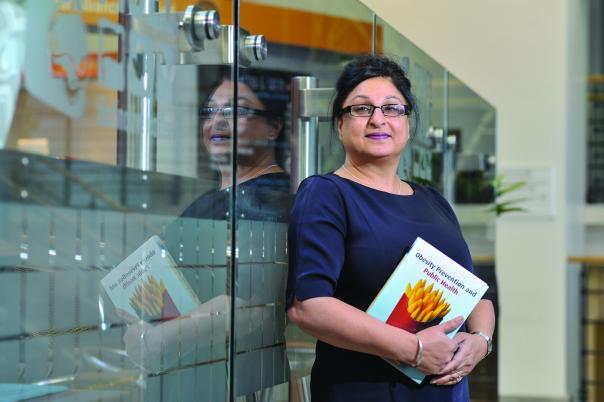
Asked for their views on the food they are served, school meals are frequently "unhealthy’, ‘fatty’ or ‘soggy’, according to the primary school pupils who eat them.
Research published in the British Journal of Nutrition found that pupils expected school meals to be just as ‘healthy’ as the meals provided at home.
Year 5 pupils in particular expressed dissatisfaction with Friday menu choices, which usually consisted of fried food, or options such as pizza, burgers and chips.
The study found, though, that the school catering managers had the impression that the pupils favoured Friday meals.
In the study, the researchers ran focus groups in eight schools in a city in northern England with 128 primary school pupils, half of which were aged seven–eight (Year 3) and half of which were aged nine–ten (Year 5). Additionally, in-depth interviews took place with six catering managers and five head teachers.
The Leeds Beckett University researchers found that many of the pupils they spoke to complained that the portion sizes on offer are too large, whereas the catering managers reported giving larger portions and second helpings to the older or larger children.
The research study was led by Rhiannon Day, Professor Pinki Sahota and Dr Meaghan Christian at Leeds Beckett, with Kim Cocks of KCStats Consultancy, Leeds, and was funded by Nestlé Healthy Kids Network UK and Purely Nutrition.
The aim of the study was to find out the perceptions and attitudes towards the school meal provision, and was undertaken prior to the start of the universal infant free school meal scheme (UIFSM) scheme in September 2014.
Christian explained: “Pupils’ acceptance of school meals is important because if acceptance of school meals is low, pupils will eat generally unhealthy snacks, or eat very little at lunchtime or have packed lunches instead.
“Pupils wanted to see more choices, particularly in side dishes such as vegetables and potatoes, and expected to see home-made fresh foods, prepared at the school, with fruit available every day.
“They had some great ideas for improving their eating habits at school, including more provision of fruit, incentives and rewards for picking healthy choices, and ‘taster’ sessions to try out a wider selection of foods.”
Catering managers reported that their schools aimed to provide a nutritious healthy meal daily in line with nutritional standards but that ensuring children liked the meal choices could take precedence over the healthiness of meals.
Sahota added: “Some good practices in place that we noted included a Nutrition Action Group in place in one school, providing opportunity for pupils to raise suggestions regarding the food provision. Another school had strategies in place to involve parents in healthy eating activities.
“Teachers were encouraged to eat with the pupils in two schools, acting as positive role models for good eating behaviour.
“We found that the smaller schools only had to make a few amendments to accommodate the new UIFSM scheme. The larger schools, however, had to make major kitchen refurbishments, recruit new catering staff, increase working hours and rethink the structure of the school day to allow for the increased number of children needing to be served.
“One school reported going from 120 to 270 school meals a day.”